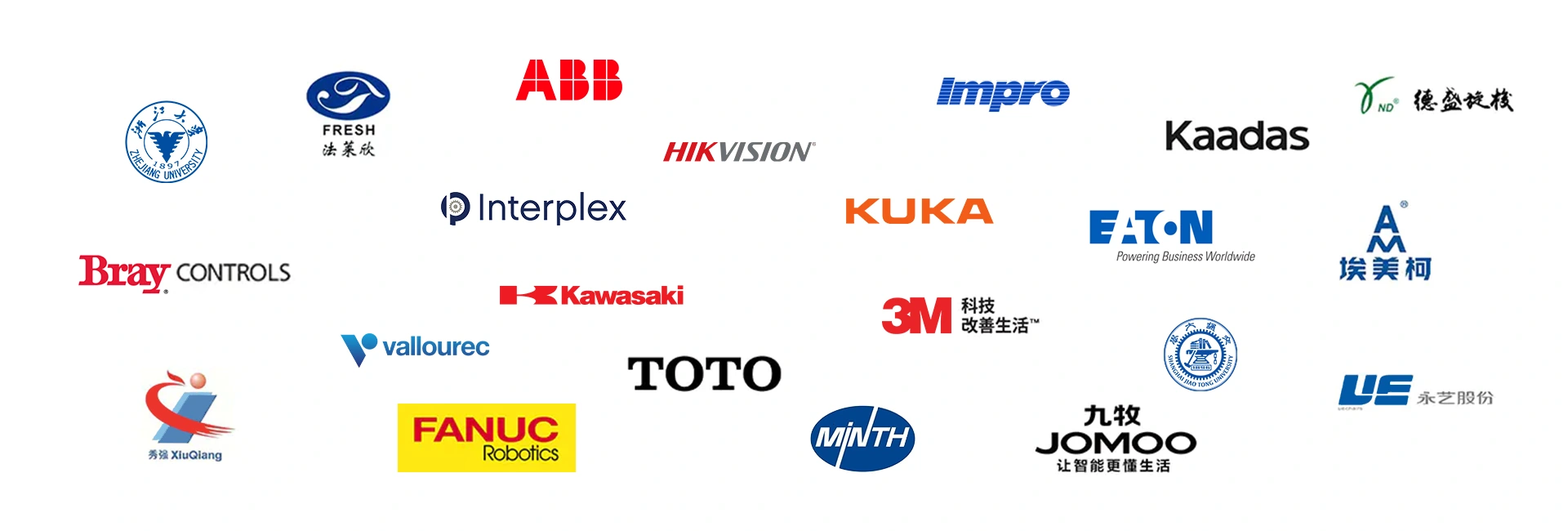Medical Industry
Advanced Grinding Solutions for Medical Industry Applications
At Kingstone Robotics, our robotic grinding and polishing systems are engineered to meet the stringent precision and hygiene standards of the medical industry. We specialize in surface finishing for high-performance components—ranging from orthopedic implants and surgical instruments to titanium housings and stainless steel casings. Our systems are capable of processing medical-grade materials such as titanium alloys, stainless steel, cobalt-chrome, and ceramic-coated parts, delivering exceptional dimensional accuracy, surface integrity, and finish consistency.
In an industry where even microscopic surface imperfections can affect biocompatibility or function, automation ensures repeatable results and eliminates variability associated with manual processing. By increasing throughput while maintaining strict tolerances, our robotic solutions support the scalable, compliant production of next-generation medical devices.
Why Surface Finishing Matters in Medical
- Surface finishing plays a critical role in the mechanical and functional performance of medical devices, directly impacting fatigue resistance, corrosion behavior, and biocompatibility.
- Medical implants and instruments often operate in high-stress, high-moisture, or biologically reactive environments—where even microscopic surface defects can lead to early failure, rejection, or infection risk.
- Critical components such as orthopedic implants, surgical tools, stents, and prosthetic joints demand highly controlled, repeatable surface finishes to ensure product safety, functionality, and compliance with regulatory standards like ISO 13485, FDA 21 CFR Part 820, and ASTM F86. Consistent surface finishing is essential for reducing wear, improving tissue integration, and supporting sterilization and coating adhesion in advanced medical applications.
Challenges of Manual Finishing in Medical
- Manual grinding and polishing of medical components—such as implants, surgical tools, and prosthetic parts—is slow, operator-dependent, and challenging to scale. Achieving the tight dimensional tolerances and smooth surface finishes required for biocompatibility demands skilled labor, but human fatigue and inconsistency often result in defects or rework.
- Medical-grade materials like titanium, cobalt-chrome, and hardened stainless steel are difficult to process manually due to their hardness and sensitivity to heat. These materials require precise, repeatable pressure and motion—conditions where robotic automation delivers superior consistency, quality, and throughput, while also reducing the risk of contamination and physical strain on workers.
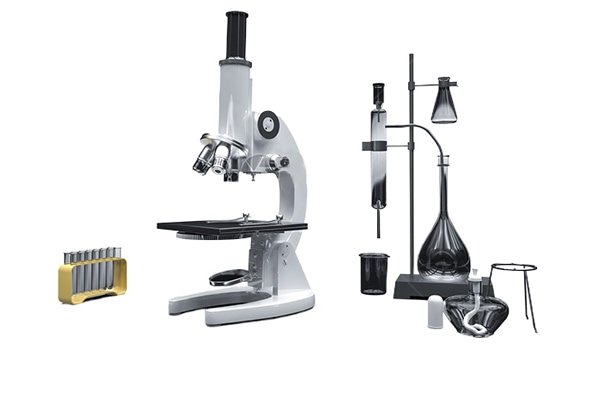
medical Equip Polishing

Artificial Joint Polishing
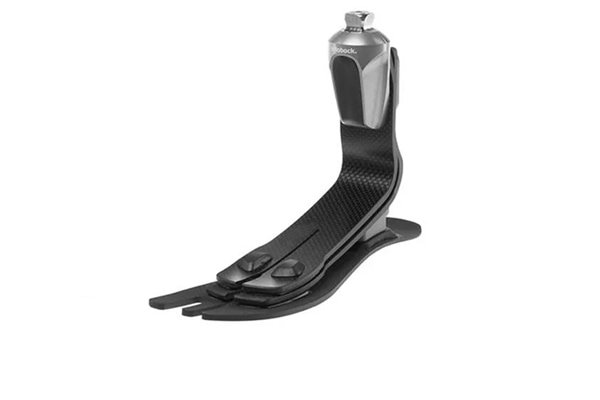
prosthesis Grinding
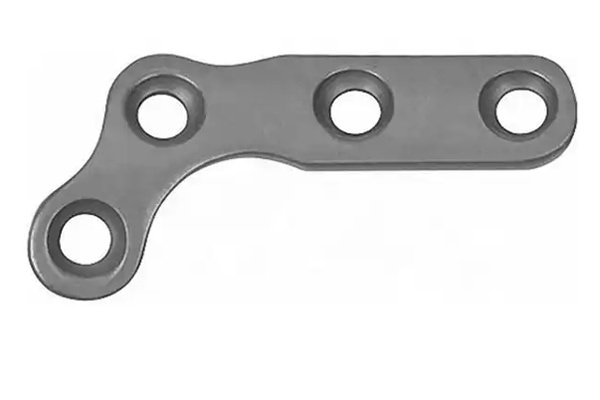
Bone Plate Grinding
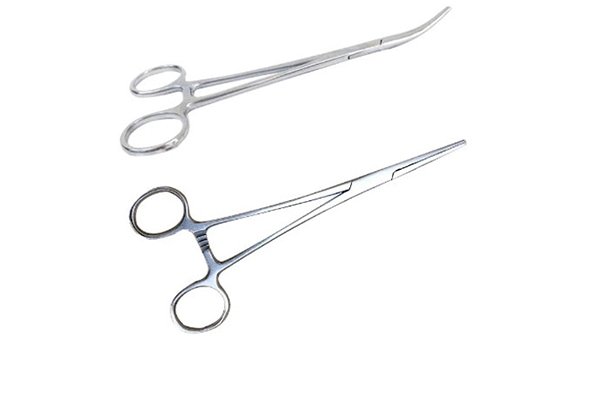
Surgical Forceps Polishing

Polishing and satin-finishing
Request A Custom Quote
Kingstone’s Robotic Surface Finishing Capabilities
Multi-axis control. Adaptive force sensing. High repeatability.
Feature | Description |
|---|---|
6-7 axis robotic arms | For complex geometry and multi-angle access |
Active force control systems | Real-time adjustment of grinding pressure |
CAD/CAM integration | Enables accurate path planning from 3D models |
Automatic tool changers | Supports multiple abrasive processes in one cycle |
Offline programming | Reduces downtime and accelerates setup |
Dust collection & safety enclosure | Cleanroom-friendly configurations available |
Integrated Automated Solutions
Kingstone Robotics delivers specialized robotic polishing, grinding, and deburring solutions tailored for the stringent demands of the medical industry. Our systems are engineered to meet the highest standards of cleanliness, surface quality, and dimensional precision required in surgical tools, orthopedic implants, and prosthetic devices. Through adaptive robotic control and real-time feedback systems, we help manufacturers scale production while maintaining flawless repeatability across every critical component.
Our Integrated Automation Solutions Include:
- Robot Grinding Unit
- Robot Grinding Polishing Unit
- Robot Buffing Unit
- Robot Deburring Unit
- Robot Complex Unit
- CNC Polishing Machine
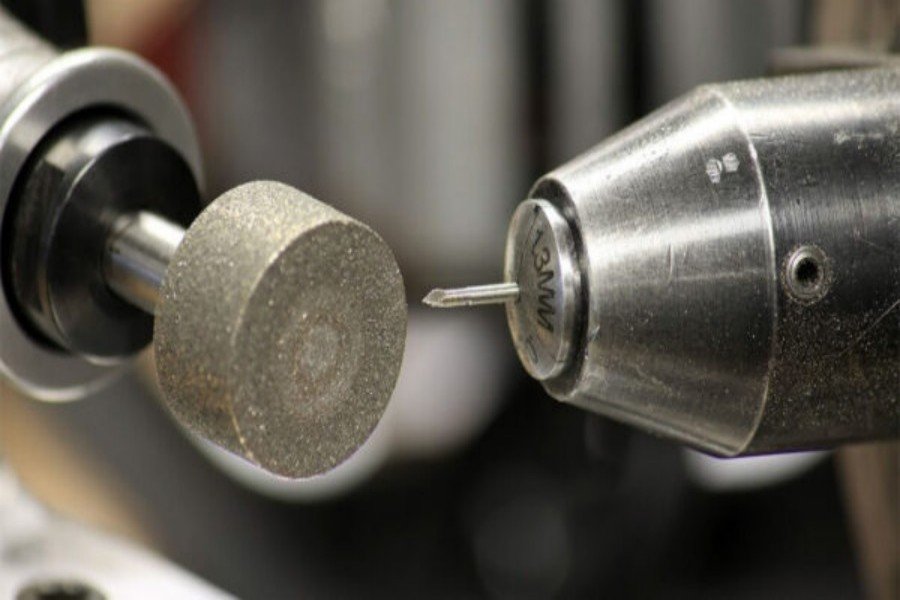
Polishing, Grinding, and Deburring Automation in Aerospace Industry Manufacturing
Precision surface treatment plays a vital role in the medical industry. Whether for implants inserted into the human body, surgical tools used in sterile operating environments, or prosthetics that interact with skin and muscle, surface quality directly affects product performance, safety, and regulatory compliance. Robotic automation is now a cornerstone in the production of these components, replacing manual variability with clean, repeatable precision.
Polishing is a fine surface finishing process that removes microscopic imperfections and produces smooth, often mirror-like surfaces. In medical manufacturing, it is crucial for reducing the risk of bacterial adhesion, minimizing friction in joint replacements, and achieving the aesthetic quality required for external prosthetics. Stainless steel, titanium alloys, and cobalt-chrome components are typically polished to Ra < 0.2 µm.
Grinding is a subtractive machining process that uses abrasive tools to achieve tight dimensional tolerances. It is essential for shaping prosthetic components, orthopedic bone plates, and joint replacements with high mechanical fit and surface geometry. Automated grinding ensures repeatability in parts that must integrate seamlessly into the human body.
Deburring removes small metal fragments and sharp edges left after machining or casting. These imperfections can cause tissue damage, improper fitment, or contamination in medical applications. Robotic deburring ensures that every edge is safe, clean, and conforming to standards such as ISO 13485 and ASTM F86.
Automated buffing uses soft abrasive wheels or polishing cloths—often combined with fine polishing compounds—to enhance surface gloss, smoothness, and uniformity. In medical device manufacturing, this process is commonly applied to surgical instruments, orthopedic implants, and stainless-steel housings, delivering a clean, polished finish with minimal material removal. It not only improves aesthetics but also helps reduce surface roughness, aiding in sterilization, coating adhesion, and biocompatibility—key factors in meeting stringent medical standards.
Automate Your Surface Finishing
Tell us about your components—our experts will customise a robotic grinding or polishing solution for your exact needs.
The Role of Automation in Surface Finishing
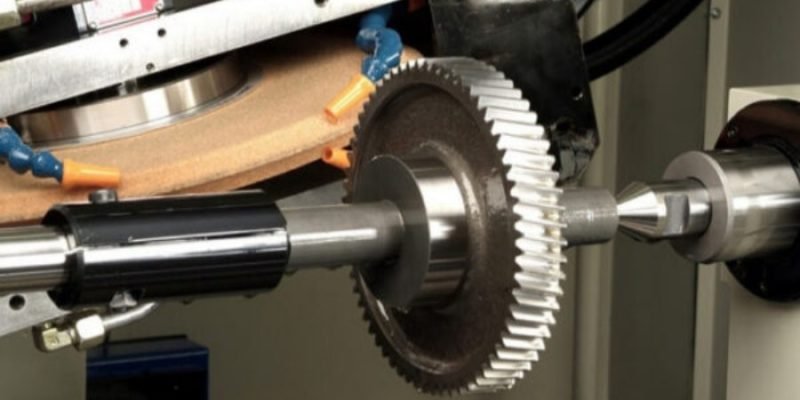
Polishing Automation
Used in surgical implants and forceps to achieve uniform mirror finishes that meet clinical hygiene standards and reduce bacterial colonization.
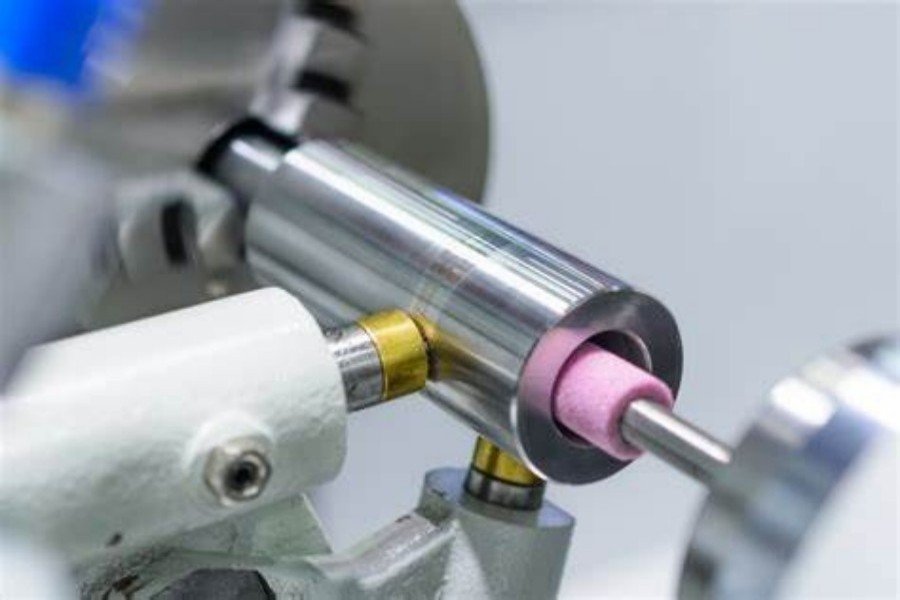
Grinding Automation
Essential for orthopedic plates, prosthetic interfaces, and implant features where precise geometry is critical to surgical fit and biomechanical function.

Deburring Automation
Applied to surgical tool edges, bone screws, and titanium implants to eliminate micro-burrs that may compromise sterility or cause tissue abrasion.
1. Consistent Quality and Precision
Robotic systems deliver repeatable finishes that meet MDR, FDA, and ISO 13485 standards for surface roughness, cleanliness, and biocompatibility. Through real-time force control and in-process verification, we ensure every part meets compliance—even under high-volume output.
Whether you’re manufacturing:
- A hip stem requiring Ra < 0.2 µm
- A bone plate with narrow tolerances
- Or a surgical scissor with edge finish critical to patient safety
Automation guarantees clinical-grade quality across every batch.
2. Increased Throughput Without Compromising Cleanliness
In medical device production, quality must never be sacrificed for speed. Kingstone’s robotic systems combine multiple finishing processes (grinding, polishing, deburring) into a single automated cell. With cleanroom-compatible enclosures and HEPA filtration, they maintain surgical-grade cleanliness even at industrial scale.
Use cases include:
- High-throughput surgical instrument production
- Batch processing of orthopedic implants
- Inline integration with sterile packaging or laser marking
3. Improved Worker Safety and Reduced Cross-Contamination Risk
Manual polishing and grinding create risks of particulate contamination, heat exposure, repetitive motion injuries, and sharp tool handling. Robotics removes humans from the high-risk zone, reduces contamination potential, and ensures ergonomic, consistent workflows.
Especially relevant for:
- Edge preparation of bone screws
- Micro-polishing of sharp-tipped forceps
- Heat-prone grinding of prosthesis contours
4. Lower Defect and Scrap Rates in High-Cost Components
Medical parts are often high-value, low-tolerance items—errors are costly. Automation minimizes scrap through accurate force sensing, auto-correction, and post-process inspection modules. You save not just time, but high-value material.
Applicable for:
Titanium knee replacements
Cobalt-chrome hip stems
Custom 3D-printed prosthetics
5. Full Integration into Digital Quality Systems
Kingstone’s robotic finishing systems integrate seamlessly into MES, SPC, and traceability platforms, providing finishing reports, surface roughness data, and tool wear analytics. That’s critical for audits, certifications, and lean medical production.
Supports:
- Automated documentation for ISO audits
- Real-time alerts on finish deviations
- Paperless compliance in medtech factories
6. Precision Finishing for Complex Geometries and Micro-Features
Medical components often feature intricate contours, internal recesses, and miniature features where finishing precision is critical—especially in implants or microsurgical tools. Robotic systems with multi-axis kinematics and micron-level path control can access and finish complex shapes that are difficult, inconsistent, or impossible to handle manually.
Ideal for:
• Porous-surfaced implants requiring selective polishing
• Laparoscopic tools with slender shafts and sharp curves
• Dental instruments with micro-serrations or recessed grip zones
Benefits of Automation in Automated Surface Finishing
Why Automate?
Manual surface finishing processes are labor-intensive, time-consuming, and prone to inconsistencies. Automation addresses these challenges by providing:
1. Medical Equipment Polishing
Our high-precision 6-axis robotic systems are designed to meet the demanding surface quality requirements of medical devices. Equipped with adaptive force control, these robots handle complex geometries found in surgical instruments, diagnostic equipment, and implant components. Custom end-effectors support interchangeable abrasive tools, optimized for stainless steel, titanium, and other medical-grade materials.
Integrated vision systems enable precise alignment and consistent material removal. The system performs sequential polishing steps to enhance both aesthetics and corrosion resistance. Real-time monitoring ensures surface roughness and dimensional accuracy meet stringent medical specifications.
This automation reduces manual variability, improves production consistency, and ensures longer-lasting, biocompatible finishes—making it ideal for high-volume manufacturing of precision medical devices.
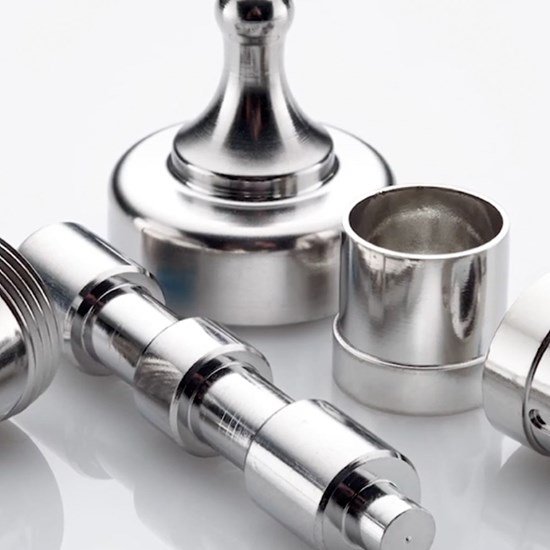
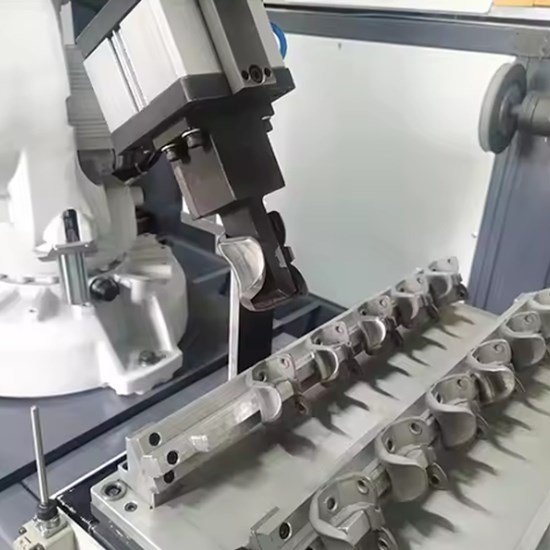
2. Artificial Joint Polishing
Our robotic polishing systems are engineered for the precise finishing of orthopedic implants such as hip, knee, and shoulder joints. With multi-axis flexibility, these robots adapt to various implant geometries and sizes with minimal changeover time. Precision polishing tools are optimized for cobalt-chromium and titanium alloys, ensuring smooth, uniform surfaces critical for joint articulation and patient comfort.
Advanced control systems regulate material removal, while integrated inspection tools verify surface quality and dimensional accuracy in real time. The result is a consistent, repeatable finish that meets rigorous medical standards.
This automation improves implant performance, increases throughput, and reduces reliance on manual labor—offering a cost-effective solution for high-quality, high-volume orthopedic manufacturing.
3. Prosthesis Grinding
Our robotic systems are designed for precise grinding and shaping of prosthetic devices, including limb prosthetics and custom orthopedic aids. Equipped with force-controlled arms and specialized grinding tools, the system ensures accurate material removal without damaging delicate geometries. Custom fixtures securely hold various prosthetic designs, enabling consistent processing across a range of shapes and sizes.
Integrated with CAD/CAM software, the robots follow precise toolpaths to achieve desired contours and functional dimensions. Dust extraction systems maintain a clean, safe environment, especially important when processing composite or polymer materials.
This automated solution improves manufacturing accuracy, reduces manual labor, and shortens production cycles—ultimately delivering better fit, comfort, and performance for end-users relying on high-quality, custom-fitted prosthetics.
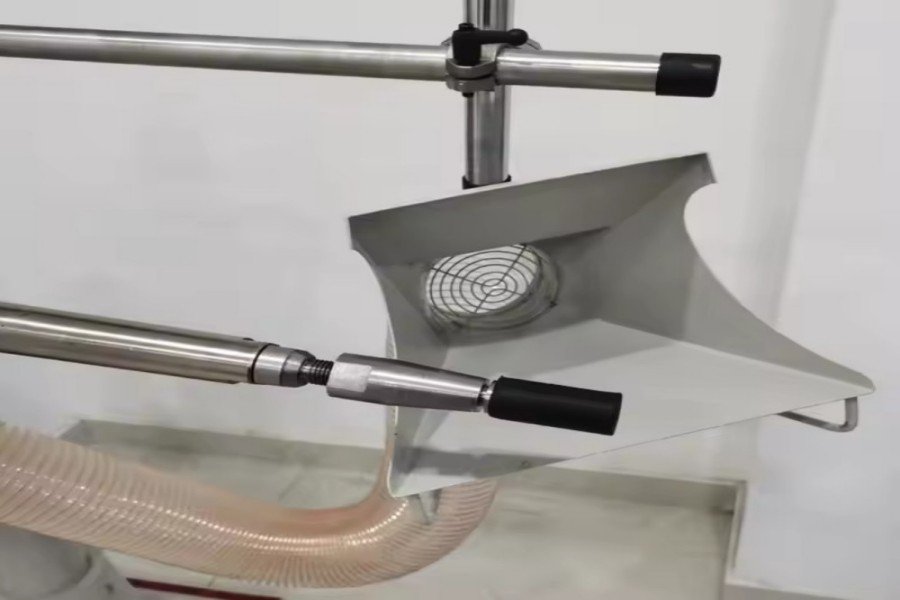
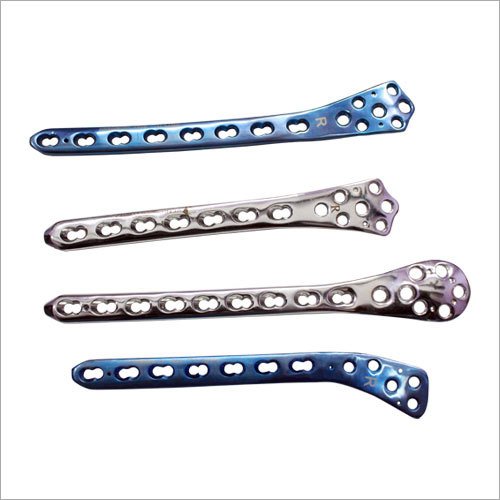
4. Bone Plate Grinding
Our robotic systems are engineered for high-precision grinding of orthopedic bone plates used in fracture fixation and reconstructive surgeries. Featuring high-torque grinding spindles and precision control, these robots maintain consistent material removal and surface finish across stainless steel and titanium components.
Adaptable fixtures securely hold various plate sizes and designs, enabling automated processing with minimal changeover. The system ensures required thickness and smoothness, improving surgical compatibility and patient outcomes.
Integrated quality control modules provide real-time inspection of dimensional accuracy and surface condition. This setup enhances consistency, reduces manual labor, and significantly boosts production efficiency—making it ideal for manufacturers seeking scalable, high-quality bone plate finishing solutions in compliance with medical standards.
Trusted in Automation Since 1993
Backed by decades of experience and partnerships with leading global brands.
